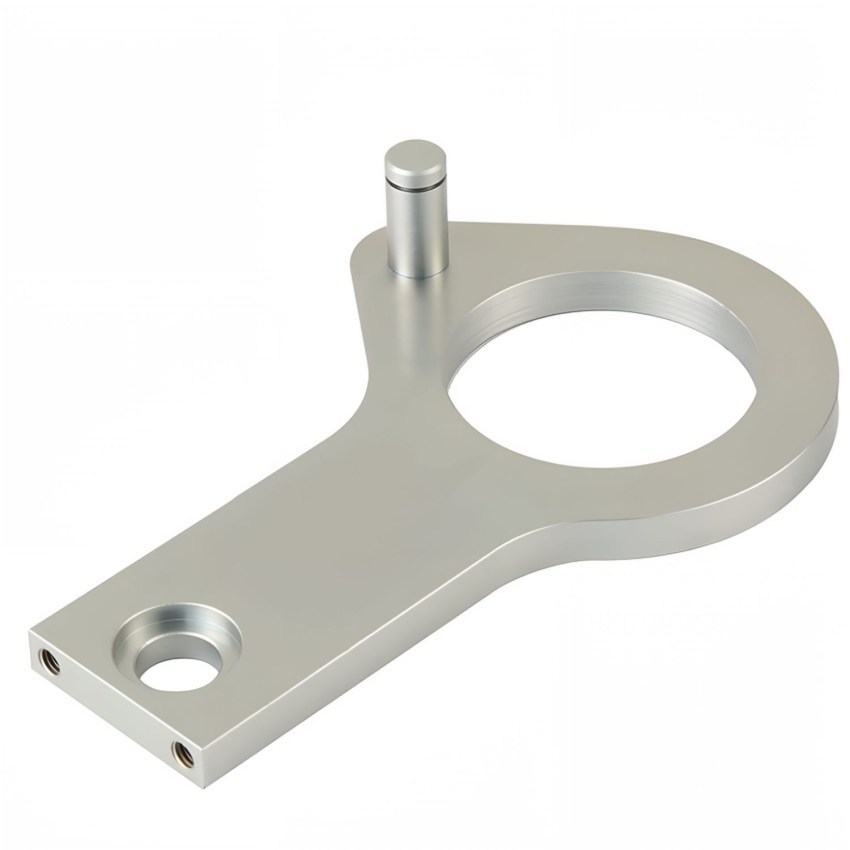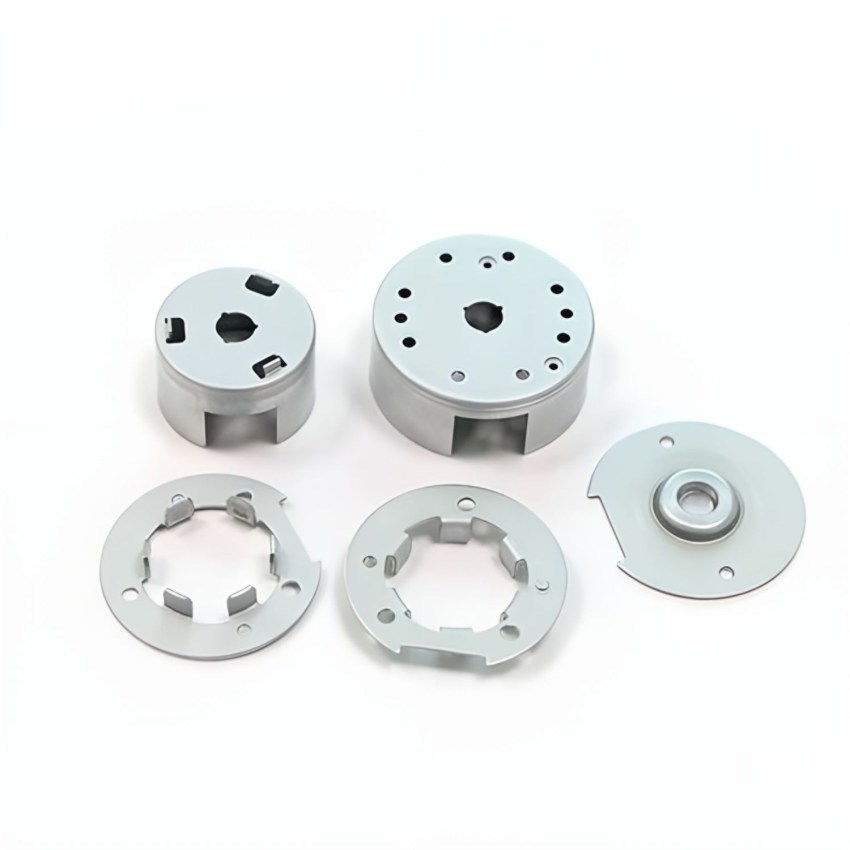Unlocking Precision: The Critical Role of CNC Machining in Medical Device Manufacturing
Release time:
2025-01-06
Unlocking Precision: The Critical Role of CNC Machining in Medical Device Manufacturing Table of Contents Introduction to CNC Machining in Medical Devices What is CNC Machining? Importance of CNC Machining in Medical Device Manufacturing Applications of CNC Machining in Medical Devices Advantages of CNC Machining for Medical Devices Challenges in CNC Machining for Medical

Unlocking Precision: The Critical Role of CNC Machining in Medical Device Manufacturing
Table of Contents
- Introduction to CNC Machining in Medical Devices
- What is CNC Machining?
- Importance of CNC Machining in Medical Device Manufacturing
- Applications of CNC Machining in Medical Devices
- Advantages of CNC Machining for Medical Devices
- Challenges in CNC Machining for Medical Device Manufacturing
- Future of CNC Machining in Medical Device Manufacturing
- Conclusion
Introduction to CNC Machining in Medical Devices
In the ever-evolving healthcare sector, the demand for **high-quality medical devices** has surged. This escalation is primarily due to advancements in healthcare technology and patients' needs for more efficient and reliable treatment options. Among the innovative technologies that play an essential role in the production of medical devices, **CNC (Computer Numerical Control) machining** stands out for its ability to deliver unparalleled precision and consistency in manufacturing complex components.
What is CNC Machining?
CNC machining is an advanced manufacturing process that employs computerized controls to manipulate tools and machinery. This technology allows for the precise cutting, shaping, and finishing of materials, including metals and plastics, to create complex parts with exact specifications. CNC machines can operate continuously, producing parts with minimal human intervention, thus enhancing productivity and efficiency in large-scale production.
CNC Machining Process Explained
The CNC machining process typically involves the following steps:
1. **Design**: A computer-aided design (CAD) model is created, showcasing the intricate details of the desired part.
2. **Programming**: The CAD model is translated into a CNC program using computer-aided manufacturing (CAM) software, which generates the instructions for the machine.
3. **Material Selection**: The appropriate material is chosen based on the part's requirements, such as strength, biocompatibility, and cost.
4. **Machining**: The CNC machine executes the programmed instructions to cut, mill, drill, or engrave the material.
5. **Finishing**: The part undergoes finishing processes, like polishing or coating, to meet specific standards and enhance its performance.
Importance of CNC Machining in Medical Device Manufacturing
The medical device manufacturing industry is notorious for its stringent quality standards and regulatory requirements. CNC machining provides a robust solution to meet these demands by ensuring:
- **Precision**: CNC machines can produce intricate parts with remarkable accuracy, which is crucial for the functionality of medical devices.
- **Consistency**: Automated processes minimize human error, delivering uniformity across production runs.
- **Scalability**: CNC machining can easily adapt to various production volumes, facilitating everything from prototypes to mass production.
Applications of CNC Machining in Medical Devices
CNC machining is utilized in manufacturing a wide array of medical devices, including but not limited to:
1. Surgical Instruments
Precision instruments, such as scalpels, forceps, and suturing devices, are commonly produced using CNC machining, ensuring they meet exacting standards for safety and efficacy.
2. Implants
Devices like orthopedic implants and dental fixtures require meticulous design and fabrication to ensure compatibility with the human body, making CNC machining an ideal choice.
3. Prosthetics
Custom-fitted prosthetic limbs benefit from the high precision offered by CNC machining, allowing for better functionality and comfort for patients.
4. Diagnostic Equipment
Components used in imaging technologies, such as MRI machines and ultrasound devices, are often machined with CNC technology for enhanced accuracy.
Advantages of CNC Machining for Medical Devices
The application of CNC machining in medical device manufacturing presents numerous advantages:
1. Enhanced Precision and Accuracy
The capability to produce parts with tolerances as tight as ±0.001 inches means that critical components can be manufactured to exact specifications, essential for device reliability.
2. Increased Efficiency and Reduced Lead Times
CNC machines operate at high speeds and can run continuously, which significantly shortens the production timeline and allows for quicker market entry.
3. Cost-Effectiveness
While the initial investment in CNC equipment may be substantial, the efficiency and reduction in material waste lead to lower costs in the long run.
4. Versatility in Materials
CNC machining can work with a variety of materials, including metals, plastics, and composites, making it suitable for a broad spectrum of medical applications.
5. Improved Safety and Compliance
Automated machining processes enhance safety by minimizing human error and ensuring compliance with stringent regulatory requirements.
Challenges in CNC Machining for Medical Device Manufacturing
Despite its many advantages, CNC machining in medical device manufacturing is not without challenges:
1. Complexity of Designs
As medical devices become more intricate, the programming and setup of CNC machines can become increasingly complex, requiring skilled personnel.
2. High Initial Costs
The investment in CNC machinery and training can be significant, posing a barrier for small manufacturers.
3. Regulatory Compliance
Adhering to strict FDA regulations and ISO standards can complicate the manufacturing process and add additional layers of oversight.
Future of CNC Machining in Medical Device Manufacturing
The future of CNC machining in medical device manufacturing is promising, with several trends on the horizon:
1. Integration of AI and Machine Learning
The incorporation of AI and machine learning into CNC systems will enhance the ability of machines to optimize their performance in real time, improving efficiency and reducing waste.
2. Growth of Additive Manufacturing
The combination of CNC machining with additive manufacturing techniques will enable the creation of even more complex designs and customized medical devices.
3. Enhanced Materials
Ongoing research into advanced materials and biocompatible substances will expand the capabilities of CNC machining, allowing for the development of innovative medical devices.
Conclusion
CNC machining has undeniably transformed the landscape of medical device manufacturing. Its precision, efficiency, and ability to handle complex designs position it as an indispensable tool in the industry. As technology continues to evolve, CNC machining will likely play an even greater role in revolutionizing healthcare solutions, ensuring that medical devices not only meet but exceed the highest standards of quality and safety. By embracing CNC machining, manufacturers can unlock new potentials in precision and innovation, ultimately enhancing patient care and outcomes.
FAQs
1. What types of materials can be used with CNC machining in medical devices?
CNC machining can work with a variety of materials, including stainless steel, titanium, plastics, and polymers, which are often used in medical applications.
2. How does CNC machining ensure the precision required for medical devices?
CNC machines operate based on computer-generated designs, allowing them to cut and shape materials with extreme accuracy, often within ±0.001 inches.
3. What are the regulatory considerations when using CNC machining for medical devices?
Manufacturers must comply with FDA regulations and ISO standards, ensuring that all processes and products meet safety and quality requirements.
4. Can CNC machining produce custom medical devices?
Yes, CNC machining is highly adaptable and can produce custom parts tailored to specific patient needs, particularly in prosthetics and implants.
5. What are the cost implications of investing in CNC machining for medical device manufacturing?
While the initial investment can be high, the long-term gains in efficiency, reduced material waste, and increased production capacity often outweigh the costs.
Key words:




